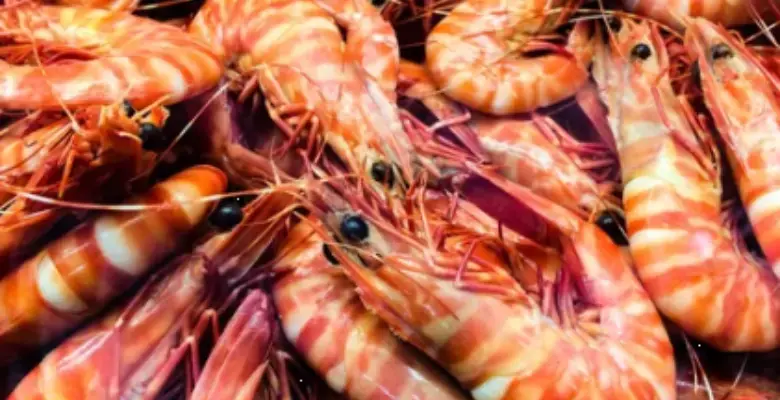Australian Wild Prawn Integrity
Client.:Australian Council of Prawn Fisheries (ACPF) - Wild Caught Prawns

 Issues/challenges and outcomes
Issues/challenges and outcomes

2) Australian prawns were substituted with non-Australian prawns but claimed to be Australia, charging consumers premium for the claimed country of origin.
3) Australian prawns were mixed / diluted in bulk with imported prawns and sold as Australian
2) Impact on reputation of flavor and quality associated with Australian Wild Caught Prawns
3) Reduction in revenue for Australian Prawn Fisheries

Proof of:
1) Australian origin
2) Specific Fishery / Region In Australia
3) MSC Claim associated with specific Prawn Fishery
 Details (what research has been carried out?).
Details (what research has been carried out?).
Natural / Wild Caught prawns were caught at specified geographical locations (defined quota licenced fishery regions) and trace element analysis carried out. Chemical fingerprints defined to represent respective areas shown in the attached image.
Characteristics of the prawns / shrimp inhabiting each bay are shown in the graph. Using this trace element data from the analysis a reference database was established, we are able to verify samples against this data to confirm whether a prawn sample with a ""Wild Caught Australian Claim"" is Australian or if it is imported. We can also determine which fishery in Australia the prawn / shrimp has come from for verification of any MSC claims associated with that specific fishery.
 How much value has been brought to the economy?
How much value has been brought to the economy?
Native-harvested prawn fisheries are located all around the Australian coastline with significant catches from Western Australia, Queensland, New South Wales and South Australia. Production of prawns from the Northern Australian Prawn fishery, the largest wild-harvested prawn fishery in Australia, is estimated to have been worth over $164.6m in 2000-2001. Production has increased from 5,605 tonnes in 1999-2000 to 9,752 tonnes in 2000-2001. In Queensland, the volume and value of wild harvested prawns has increased from approximately 6,536 tonnes in 1999-2000 to 6,916 tonnes in 2000-2001 worth $101.7m. During the same time period, production from aquaculture increased very slightly from 2,505 tonnes in 1999-2000 to 2,525 tonnes in 2000-2001. In Western Australia, wild catch prawn fisheries were estimated to be worth over $46.4m in 2000-2001 with over half of this sourced from the Shark Bay Prawn Fishery and from the Exmouth Gulf Prawn Fishery, producing King and Tiger prawns which are mostly exported. Both of these fisheries are managed with spatial and temporal closures to protect spawning stock levels and catch sizes. The value of prawn fisheries in NSW, producing King Prawns, School Prawns and Other Prawns is estimated to have been worth nearly $28.3m in 2000-2001 and in South Australia the catch is estimated to have been worth $42.6m in 2000-2001. In 2000-2001, Australia imported $174.6m of prawns, over one-third of this coming from Thailand. Over the same period, Australia exported $291m of prawns sourced from both wild and aquaculture fisheries. In terms of domestic consumption, in 2021-22, Australians consumed around 350,000 tons of seafood, equivalent to 13.8 kilograms per person. While consumption of seafood was less than chicken, pork and beef, it was above lamb and mutton meat consumption for the year. However, not all consumption of seafood - especially prawns - corresponded to domestic production. According to ABARES data, the value of imports of fishery and aquaculture products increased by 2% to AUD 2.19 billion (EUR 1.3 billion / USD 1.4 billion) in 2021-22, precisely driven by the increase in the value of prawns. (https://weareaquaculture.com/markets/australia-aquaculture-exceeded-the-value-of-wild-catch-by-2021-22)
 Press information, etc.
Press information, etc.
Please feel free to contact us for any inquiries regarding our services.


